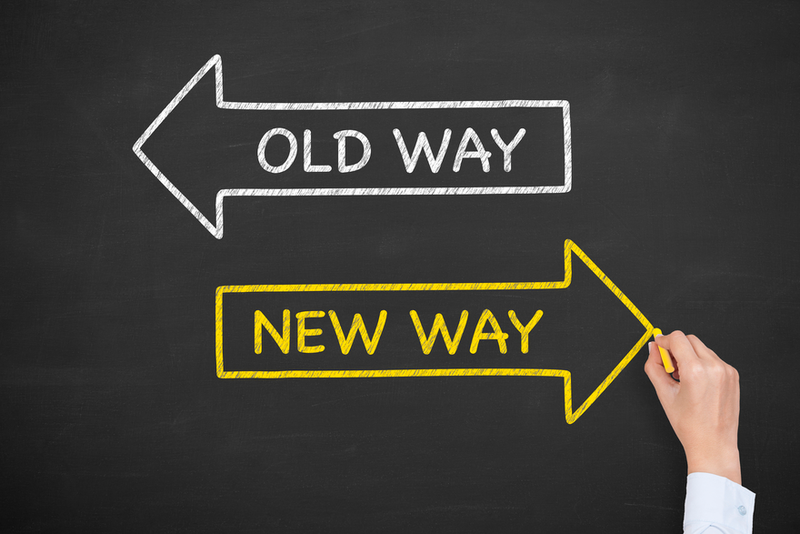ATD Blog
Healthcare Must Reassess How It Deals With Change
Fri Jul 17 2020

“The greatest danger in times of turbulence is not the turbulence; it is to act with yesterday’s logic.”
—Peter Drucker
It would be a gross understatement to say that 2020 has been a year of change in the healthcare industry. The reality is that every year is a year of change, but the current change has been prompted and controlled by the “C” word. Usually in healthcare that means cancer. But in 2020, the “C” word pulling change is COVID-19.
The change has affected every level of healthcare. From the physician diagnosing and treating the new virus; to the nurse understanding how to treat and care for patients; to the support-staff member who has to manage, administrate, and communicate to various parties; and to the IT team that has to capture, report, and evaluate necessary and relevant data and technology systems. Even health-insurance companies have changed their policies, processes, and practices.
The pandemic has caused healthcare organizations to reassess and re-evaluate how they deal with change. It has tested traditional beliefs, models, and behaviors that worked in the past. Healthcare professionals are used to change. But this is different. The speed, scale, and scope has been ratcheted up in ways never seen before. Healthcare professionals haven’t had the safety net of controlling change, project managing it, creating surveys, or putting together focus groups. They have had to just do it.
One of the tenets of change management is allowing people affected by change to have input. Under normal circumstances, this is done to reduce resistance and encourage ownership. In this current environment, resistance became a nonfactor and ownership became automatic based on the local events that were happening in hospitals, clinics, and emergency rooms. Change management didn’t have the luxury of being as prescriptive as it was in the past. It had to rely on key change management skills like flexibility, strategic thinking and planning, communication, and leadership of frontline employees in cooperation with executive leaders.
The most obvious change outcome of this pandemic can be seen in telemedicine. For years there was resistance to telemedicine because of patients’, providers’, and administrators’ reliance on touching each other and controlling the process. Policy issues also made telemedicine a less desirable way to practice medicine. The Trump administration and many private health insurers have changed reimbursement rules for providers, boosting their payments for telemedicine consultations. This change has not only served a valuable tool in helping to combat COVID-19 but may also change how medicine is practiced in the future. Forrester Research expects the total number of coronavirus-related phone or video interactions to exceed 1 billion this year.
As organizations go through this pandemic, they will continue to assess how they managed change during this trying period and how ready they are for the next healthcare crisis and the change it will certainly introduce.
